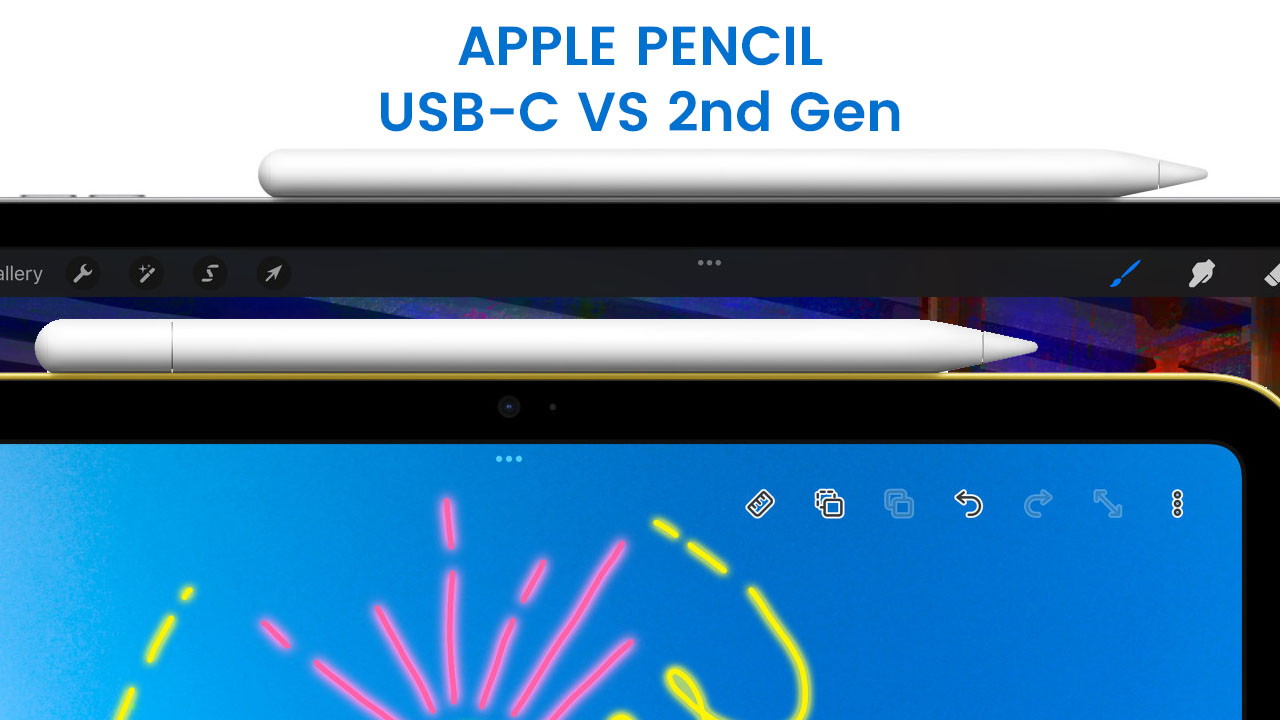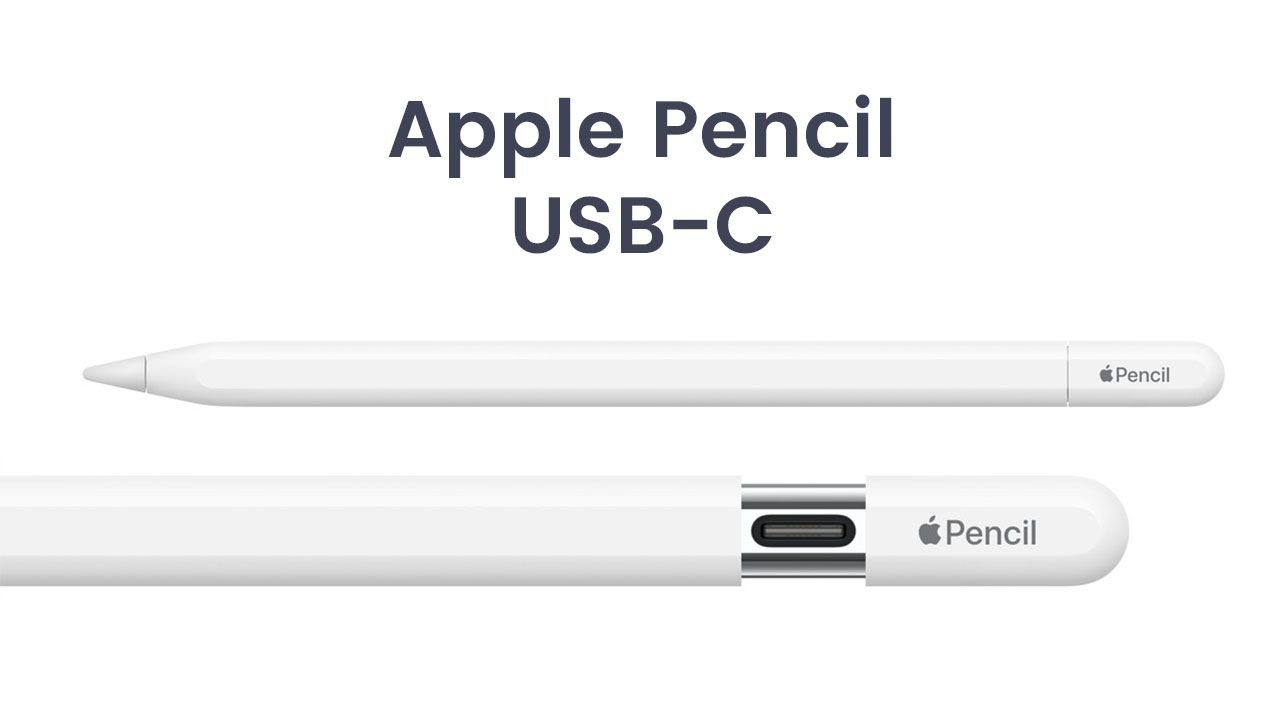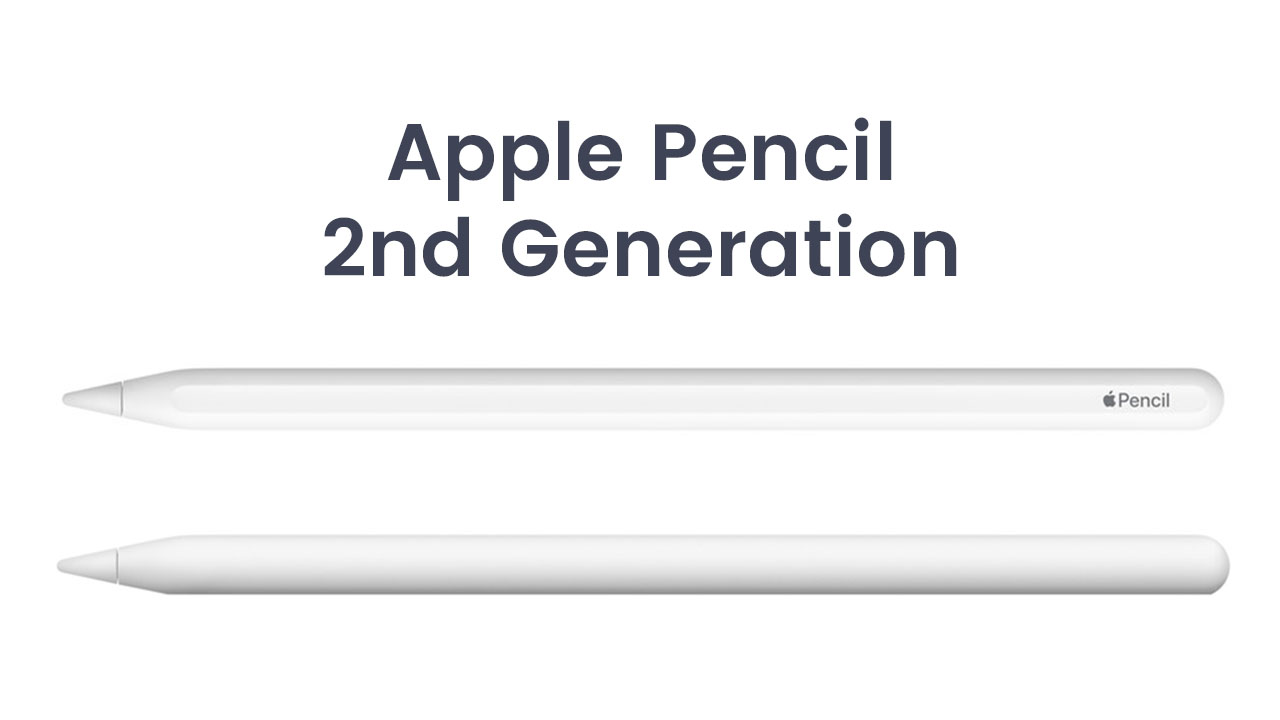
Apple is a little late with its USB-C transition. Just recently, we have seen Apple adding the USB Type-C port to their iPhones. Now, they want to move to USB-C altogether, even with their accessories.
Just recently, Apple has unveiled a new Apple Pencil (USB-C) for iPads. While it should be a good thing, the brand did add some catch of their own where it is more confusing than anything for the users.
Its closest competitor from the Apple lineup is the Apple Pencil (2nd Gen), and today, we will be comparing them both and see what is more useful for the users.
The Essentials: Design and Specs
Here are the basic specifications of the new Apple Pencil(USB-C) and Apple Pencil(2nd Generation):
Apple Pencil (USB-C)
- Length: 6.10 inches
- Weight: 20.5 grams
- Connections: Bluetooth and USB-C Connector for charging.
- Distinctive Feature: Magnetically attaches to the side of the iPad.
Apple Pencil (2nd Generation)
- Length: 6.53 inches
- Weight: 20.7 grams
- Connections: Bluetooth
- Distinctive Feature: Magnetically attaches and charges. Also, pairs automatically.
Now, let’s explore the key differences and their implications on your user experience.
About the New Apple Pencil (USB-C)
Apple is one of those brands that launches some weird products that confuse their users a lot. For instance, what they did with this new Apple Pencil (USB-C) is that they took the newest second-gen Apple Pencil and took some stuff out of it. It allowed them to set a lower price for this new pencil, and it is now the new baseline model of the Apple Pencil lineup.

The downside is that now users do not have some essential features of the Apple Pencil (2nd Gen). There is no pressure sensitivity; there are no engravings and no support for double tap to change tools.
Then, it does not charge automatically when slapped on the iPad. Instead, it has a USB-C port, and the catch is that you can’t really use it while it is charging. Even the pairing process of the Apple Pencil is different.
Pricing: An Influential Factor
Let’s talk about the pricing first. The Apple Pencil (USB-C) enters the market with an attractive price point of USD 79. This is now the baseline model of Apple Pencil for iPad users. If you consider the Apple Pencil (2nd Gen), it comes at USD 129, and that makes the new Apple Pencil (USB-C) a more budget-friendly option compared to the 2nd Generation Apple Pencil.
This pricing strategy is aimed at attracting a broader range of users, including students and professionals who are cost-conscious.

For those who have been hesitant to invest in the 2nd Generation Apple Pencil due to its higher cost, the Apple Pencil (USB-C) definitely makes more sense. Also, if you are just beginning your stylus journey with Apple Pencil, the new one makes more sense as it is more than good for basic stuff.
The Impact of the USB-C Transition
The move to a USB-C connector is a little late but a good shift in Apple’s product strategy.
Now, we just have a baseline iPad and some accessories that have lightning ports. Other than that, Apple has made all of its products USB-C.
Also, the new USB-C Apple Pencil is not affecting the existing Apple Pencil (2nd Gen) as the 2nd Gen Apple Pencil does not use any ports for charging.
This will be good for Apple users as they won’t have to carry multiple cables and chargers for their different Apple accessories.
Pressure Sensitivity and the Double Tap Feature
Now, let’s talk about the two key factors that really make the Apple Pencil (2nd Gen) superior to this new USB-C Apple Pencil.
First of all, the new Apple Pencil with the USB-C port does not come with the Pressure Sensitivity feature. Many of the creative users, including graphic designers, artists, illustrators, etc., use pressure sensitivity in their workflow. This is where the 2nd Generation Apple Pencil truly shines. It offers pixel-perfect precision and industry-leading low latency, making it a go-to choice for creative users. So, they will definitely not be considering the new Apple Pencil (USB-C)
If you take a look at the specs, there is no charging via magnetic connection with an iPad, and there is no automatic pairing. Any user who does not care about the brand name would instead get a regular cheap stylus for their iPad because the new Apple Pencil (USB-C) and other generic stylus are the same.
Next, the double tap to change tools feature is also missing on the new USB-C Apple Pencil. It is a very important part of productive user workflow. Users can seamlessly switch between tools without setting down the pencil, enhancing workflow efficiency.
The Value of Engravings
While not a make-or-break factor for everyone, engravings add a personal touch to your device. The 2nd Generation Apple Pencil offers this feature, allowing users to make their stylus uniquely their own. This is not a feature that you will get in the new Apple Pencil (USB-C).
Summing Up
The introduction of the Apple Pencil (USB-C) and the transition to a USB-C connector are steps towards Apple’s migration to USB-C across the board. The new Apple Pencil with the USB-C connector is a good option for users who are looking for an Apple stylus for their iPad at an affordable entry point. However, there are some tradeoffs with this, like no pressure sensitivity, no double tap feature, and no engravings.
- You may like: Apple Pencil 1st Gen vs 2nd Gen
However, these are features that are more for creative users who use Apple Pencil for their workflow to get professional results.
As for the 2nd Generation Apple Pencil, it remains a trusted companion for creative professionals and those who demand the best. Its pixel-perfect precision, pressure sensitivity, and the convenience of the double tap feature make it a powerhouse for creative endeavors.
Ultimately, your choice between these stylus pens hinges on your specific needs, budget, and how you intend to use them. With these considerations in mind, you can make an informed decision that aligns with your creative and productivity goals.
